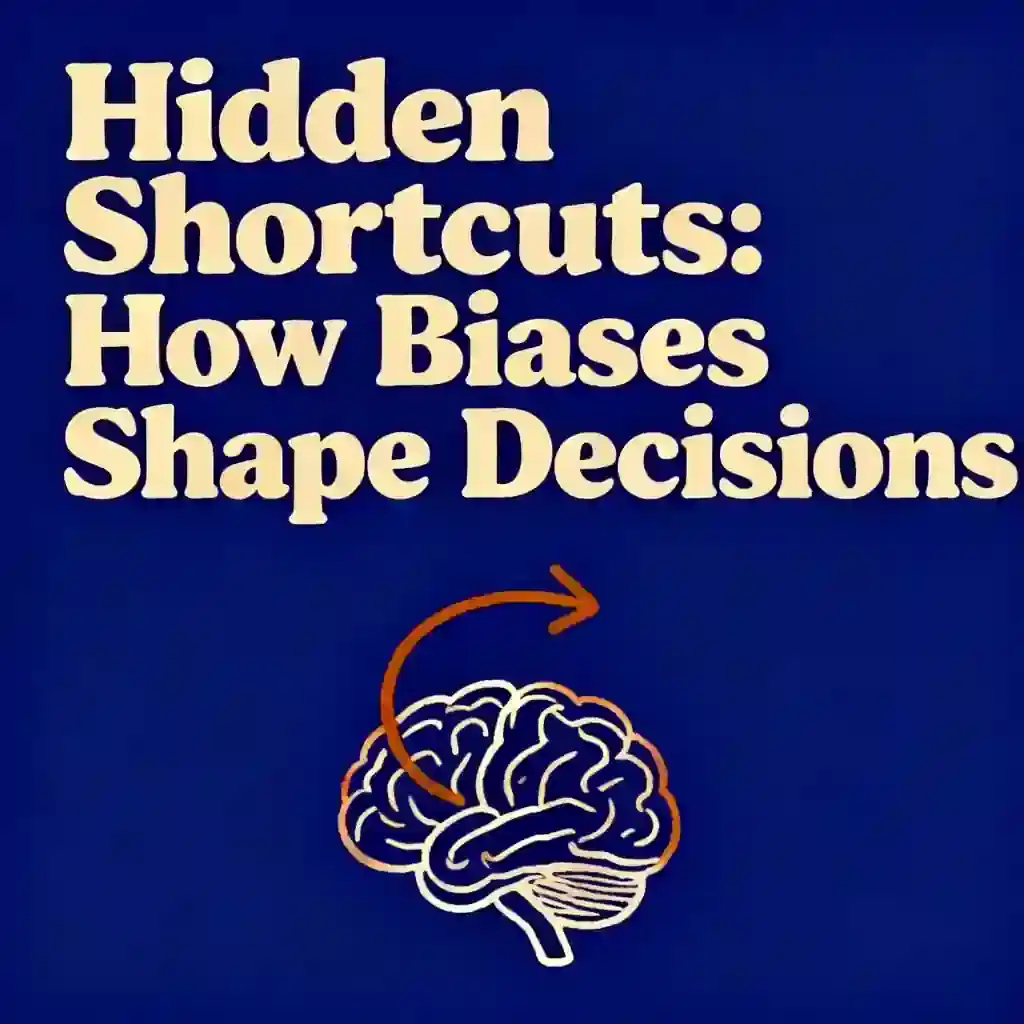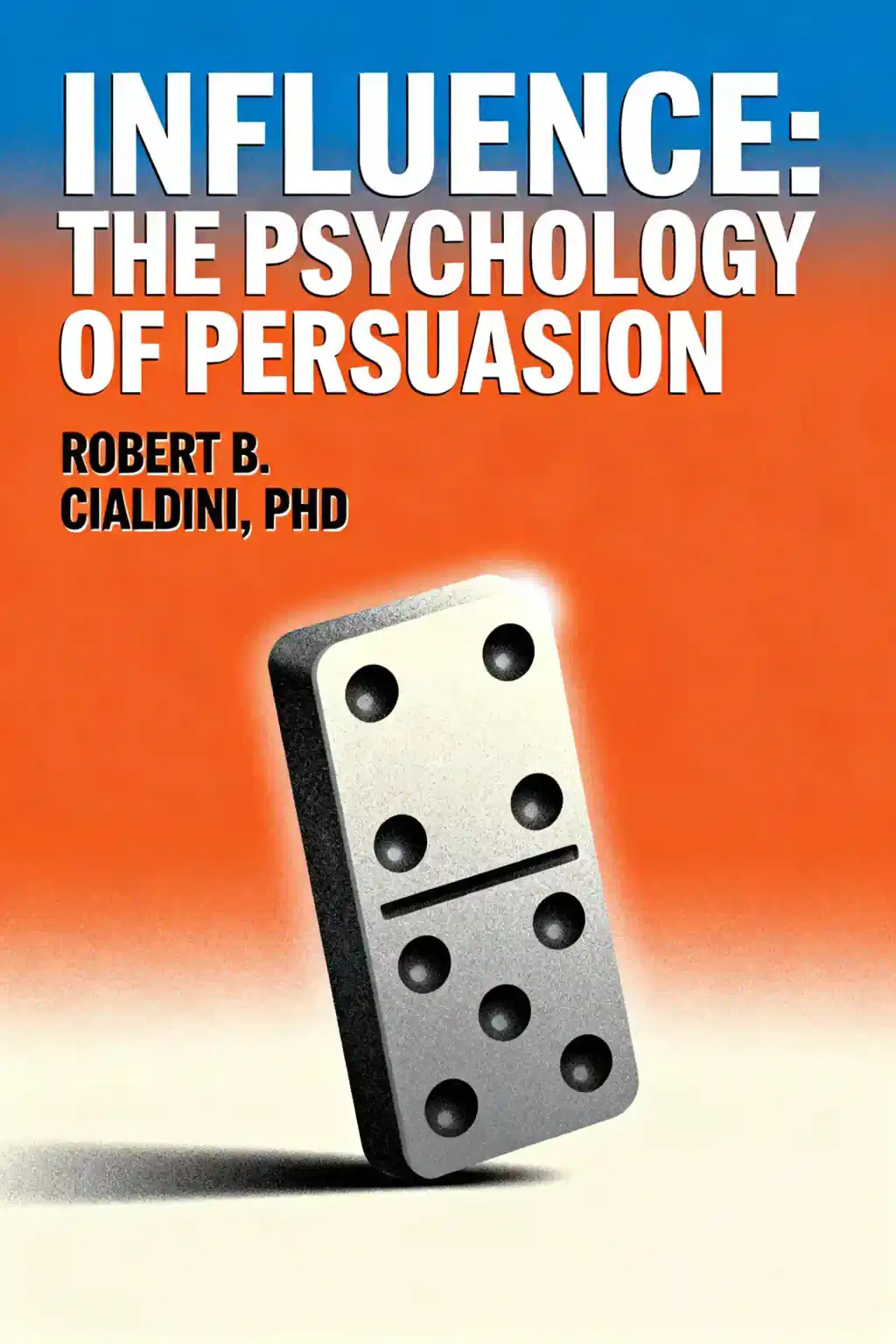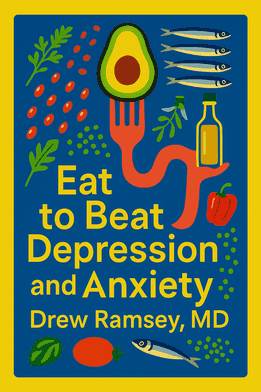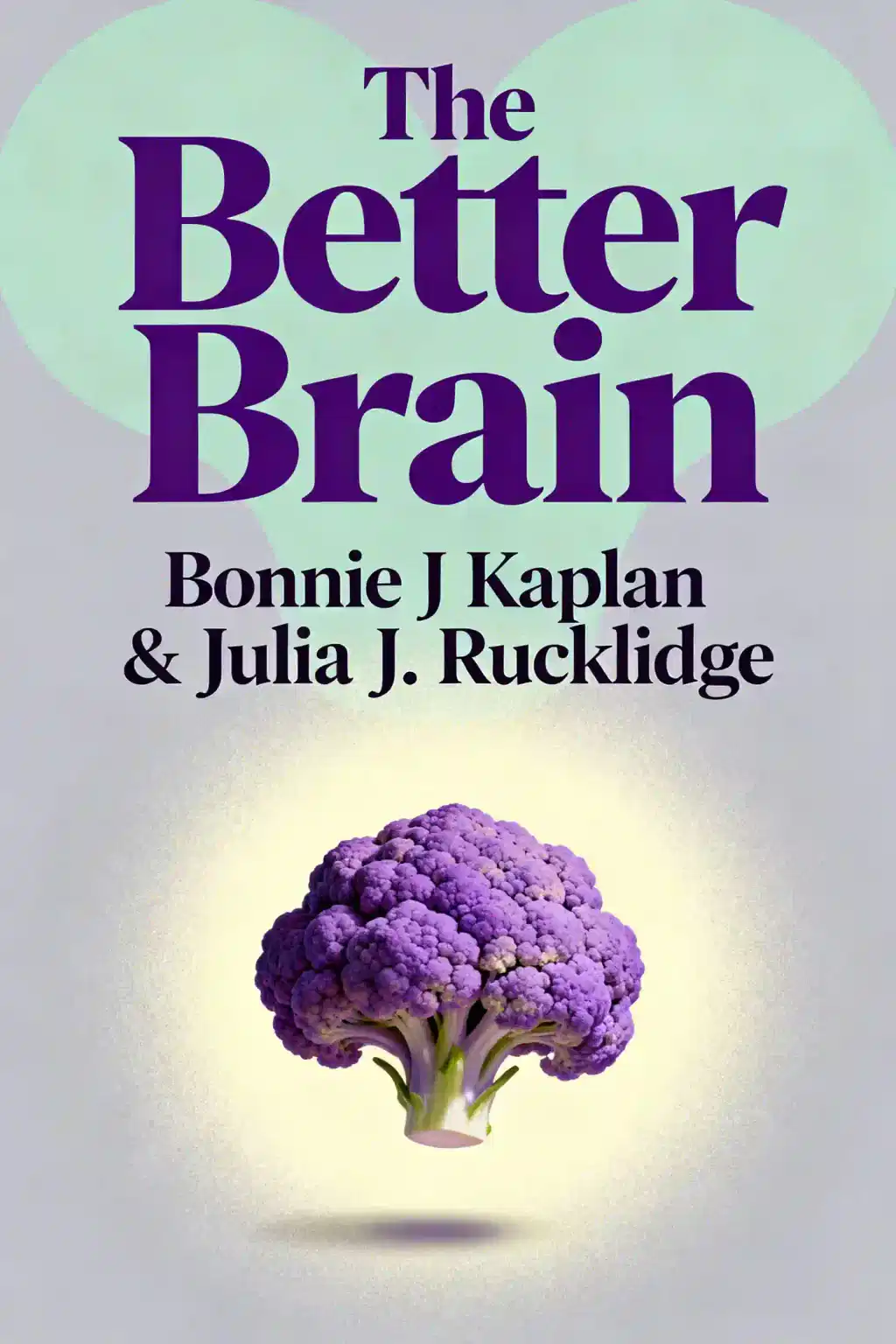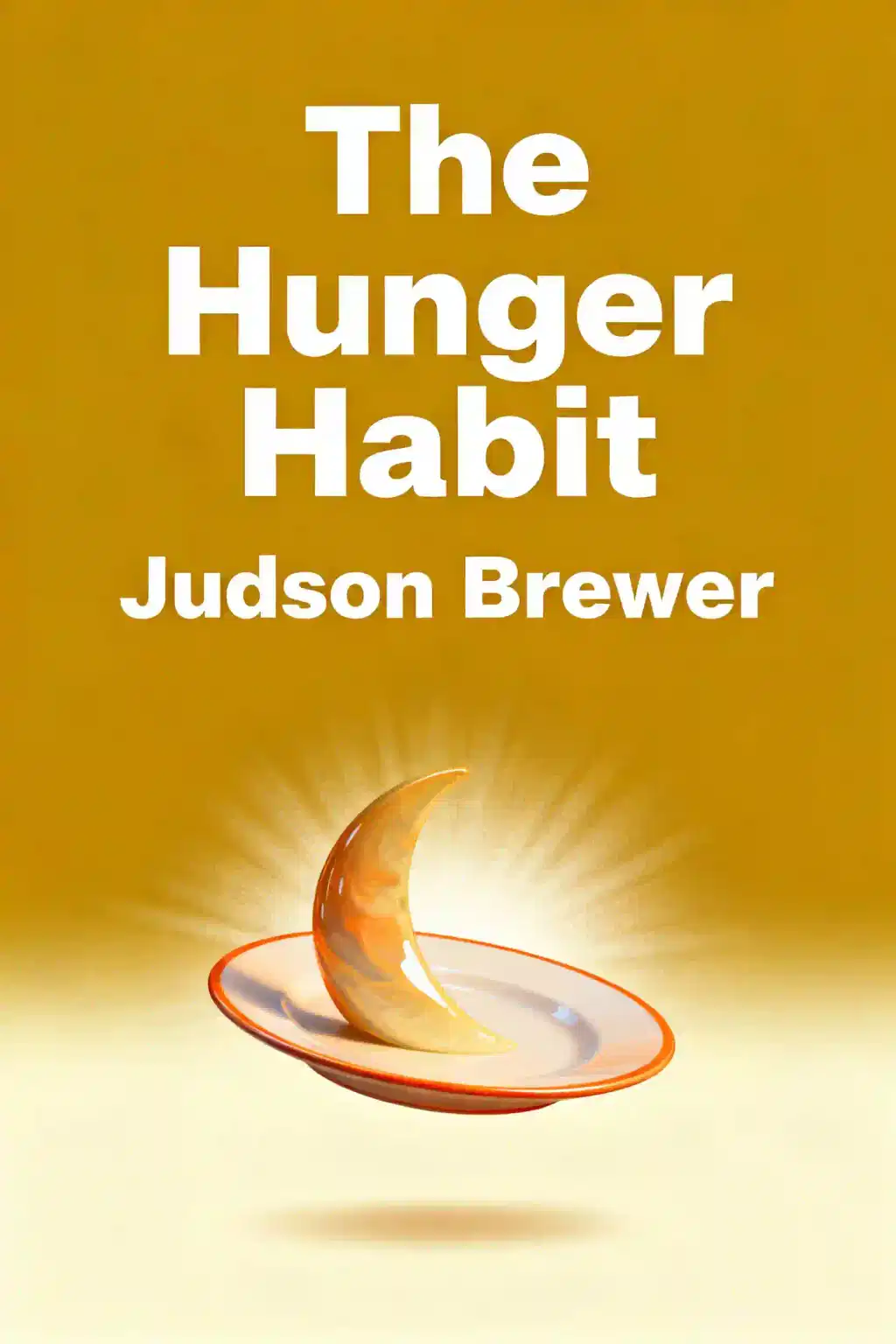What is
Mindless Eating by Brian Wansink about?
Mindless Eating explores how hidden environmental, social, and psychological factors—like plate size, food packaging, and dining ambiance—subconsciously influence our eating habits. Brian Wansink reveals how marketers, restaurants, and even home kitchens manipulate consumption patterns, offering strategies to make healthier choices without drastic dieting.
Brian Wansink is a consumer behavior expert and former director of Cornell University’s Food and Brand Lab. With a PhD from Stanford, he authored over 200 studies on eating psychology and advised the USDA on dietary guidelines. His work focuses on how subtle cues shape food decisions.
Who should read
Mindless Eating?
This book suits anyone seeking to understand unconscious eating triggers, from dieters to marketers. It’s valuable for parents, health professionals, and individuals aiming to redesign their food environment for better habits without willpower struggles.
Is
Mindless Eating worth reading?
Yes—it blends accessible research with actionable tips, like using smaller plates or hiding snacks. Wansink’s insights help readers identify hidden eating traps and make incremental changes for long-term health, avoiding fad diets.
What is the “mindless margin” concept?
The “mindless margin” refers to the 100-200 daily calories people unknowingly overeat due to environmental cues. Small changes, like reducing portion sizes by 20%, can reverse weight gain without feeling restrictive, leveraging this psychological buffer.
How do environmental factors influence eating habits?
Dining ambiance, music, lighting, and even container transparency impact consumption. For example, people eat 28% more from large bowls or when distracted by TV. Wansink suggests rearranging kitchens to prioritize healthier foods.
What strategies does
Mindless Eating recommend for mindful habits?
Key tactics include:
- Pre-plating meals to avoid second servings.
- Using tall, slender glasses to reduce liquid intake.
- Keeping unhealthy snacks out of sight.
- Eating slowly to recognize fullness signals.
How does food presentation affect consumption?
Studies show people consume 22% more when food is served family-style and 31% more if containers are transparent. Wansink advises using smaller plates and arranging vegetables prominently to nudge healthier choices.
What are common criticisms of
Mindless Eating?
Critics argue some studies oversimplify behavior change and underemphasize biological hunger cues. Others note reliance on lab settings may not fully reflect real-world complexity. However, its practical tips remain widely praised.
How does
Mindless Eating compare to other diet books?
Unlike prescriptive diets, it focuses on environmental redesign over calorie counting. It complements intuitive eating by addressing external triggers, making it unique in the nutrition and behavioral psychology space.
Can
Mindless Eating help with weight loss?
Yes—by identifying “hidden eating” triggers (e.g., social gatherings, packaging), readers can eliminate 100-300 daily calories effortlessly. Wansink’s “Slim by Design” principles show sustainable weight loss stems from habit tweaks, not deprivation.
What real-life applications does the book provide?
Actionable steps include:
- Repackaging snacks into smaller containers.
- Dining with slower eaters to pace meals.
- Using red plates to reduce portion sizes (linked to stop-sign associations).




